-

-
Japanese Bath Culture: Relaxation, Ritual, and Everyday Life
In Japan, bathing is more than getting clean — it’s a daily ritual of resetting the mind and body. From steaming hot springs in the mountains to neighborhood public baths and quiet home tubs, bathing reflects Japan’s love of warmth, calm, and simple comfort. What Makes Japanese Bathing Unique Wash first, soak second: You always wash outside the tub, then enter the bath to relax. Hot but gentle: Typical bath temperature is around 40–42°C, warm enough to loosen the body without feeling harsh. Daily reset: Many people bathe at night to sleep better and “reset” for tomorrow. Seasonal joy: ...
-
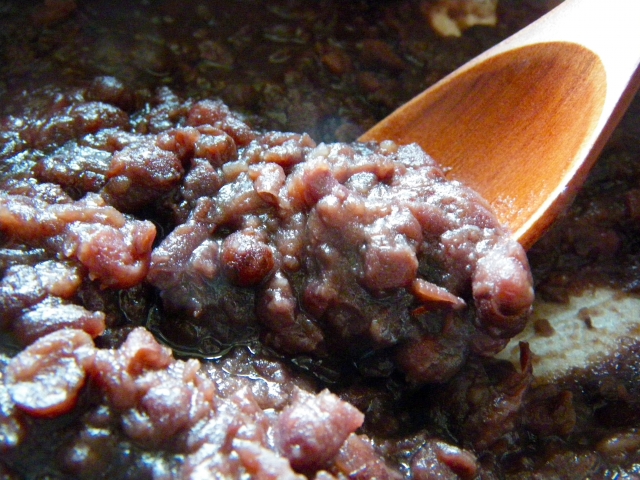
-
Without knowing the anko, I can not talk about Japanese sweets.
Have you heard or tried Japanese red bean paste as known as ‘Anko’? Anko is definitely indispensable for Japanese confectionary. It is simple to say how to prepare anko; cook the red beans until soft and dense, sweetened with sugar. Then either strain them through a sieve to make smooth creamy paste which is called koshi-an, or just mash them to adapt its rough texture with the husks which is called tsubu-an, according to the type of confectionary or to your preference. That’s it. However, of course it needs some tips and skills to reach the professional standard. Anko has ...
-

-
Mugicya is the most suitable drink for the summer
Probably, green tea is known as Japan’s most popular drink. However, ‘Mugicha’ is actually the most popular one during the summer seasons in Japan. Almost definitely, it will be found in everyone’s fridges. So what is Mugicha? Mugi-cha literally means ‘barley-tea’. To be qualified as the most popular drink, it is just simple to prepare; bring the water to boil then just add a cupful of whole roasted barley grains (mugi). Here’s the clear brown tea is done! Since it uses roasted barley, it’s caffeine-free. So it is a good drink for everyone from children to elders. Commonly, it is ...
-
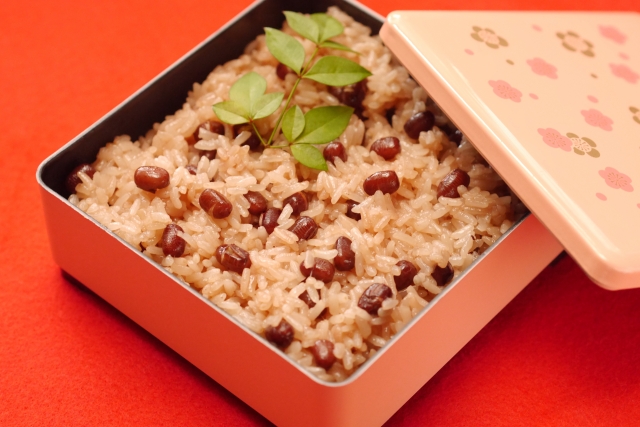
-
Why Japanese People Eat Sekihan: The Red Rice of Celebration
In Japan, some dishes are more than food — they carry meanings, memories, and quiet emotions. Few capture this better than sekihan (赤飯), literally “red rice.” ⛤ A Sacred Hue: From Ancient Red Rice Long before modern sekihan, ancient Japan offered aka-mai (red rice) to deities. From there, red came to symbolize joy, vitality, and protection — a sacred color for special days. 🍚 What Exactly Is Sekihan? Sekihan is made by steaming glutinous rice (mochi-gome) with azuki beans (or sasage). As the beans cook, they tint the rice a gentle red — not bright, but warmly celebratory. ...
-
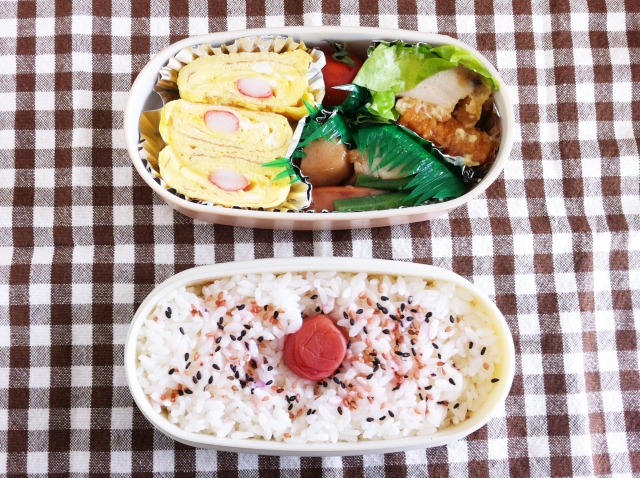
-
Obento: Japan’s Beautiful Art of the Lunch Box
In Japan, taking a home-made lunch to work or school is more than just a practical routine — it’s a small expression of care, balance, and beauty. The meal packed inside is called an obento, and it reflects a deep cultural sense of thoughtfulness in everyday life. What Is an Obento? An obento is a single-portion meal neatly packed in a box. It’s the Japanese way of bringing a complete, balanced meal wherever you go. You’ll see office workers opening them in parks, students unwrapping them at lunch, and travelers enjoying them on trains. The Box Itself The ...
-
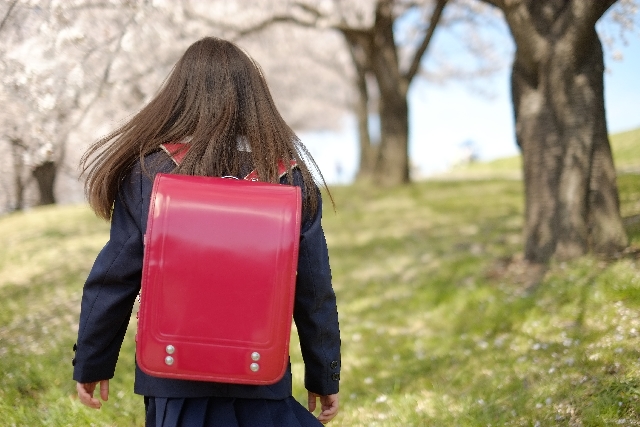
-
Randoseru: The Iconic Japanese School Backpack with Dutch Roots
If you walk through a Japanese neighborhood early in the morning, you’ll see small children in uniforms heading to school — each carrying the same box-shaped backpack. That backpack is called a “randoseru” (ランドセル). For many Japanese people, it’s a nostalgic symbol of childhood — and surprisingly, its name came from Dutch. From Dutch Soldiers to Japanese Schoolchildren The word randoseru is derived from the Dutch word “ransel”, meaning “backpack.” During the late Edo and early Meiji periods, Japan adopted many ideas from Western countries, including the Netherlands. The original ransel was a military backpack used by Dutch soldiers. ...
-
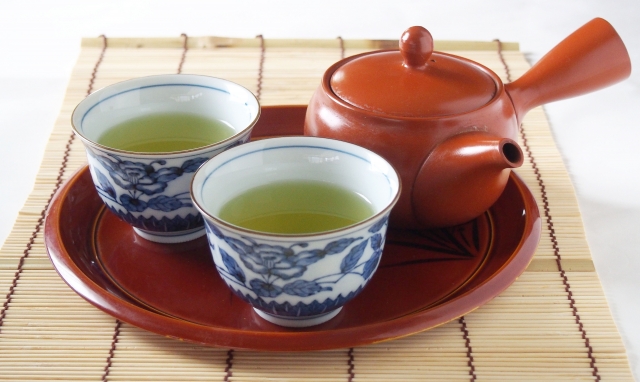
-
Tha fashion behind Green Tea
Green tea is definitely a typical drink for Japanese people, though actually coffee is quite competitively common in real life. Green tea has several forms such as ‘first harvest’, ‘second harvest’, ‘roasted’ which is caffeine-free, and ‘powdered’ known as ‘matcha’. Green tea in which roasted brown rice is blended is also popular for its toasty flavor. No way One thing that can be almost assured is that Japanese do not have idea of putting sugar in green tea. In fact, bottled green tea is more popular than brewing tea in the pot nowadays. You will find so many products of ...
-
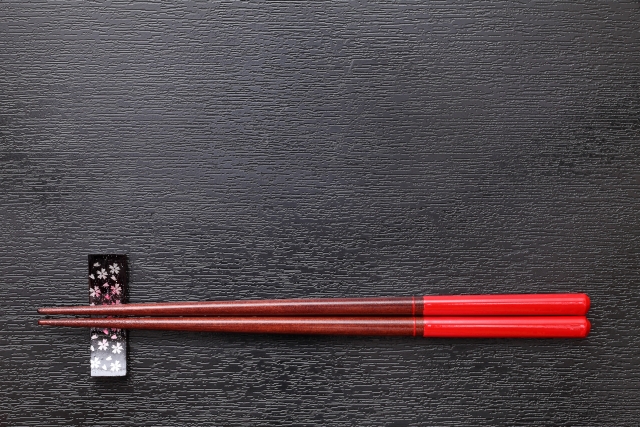
-
Chopsticks are the basis of Japanese culture
Nowadays Japanese cannot expect to see foreigners struggle with chopsticks. Many of them can use them with ease. But how many foreigners could tell the distinctiveness of Japanese chopsticks? At a glance, Japanese chopsticks have tapered tips unlike those of Chinese or Korean. Basically, they are made of wood or bamboo, hardly made of metals, and lacquered for smoothness and durability. Chopsticks have sizes that match you They have ‘sizes’ (allover length) categorized by men’s and women’s, and for children in different ages, responding to the length of their fingers -- your best size would be well-advised if you consult ...
-
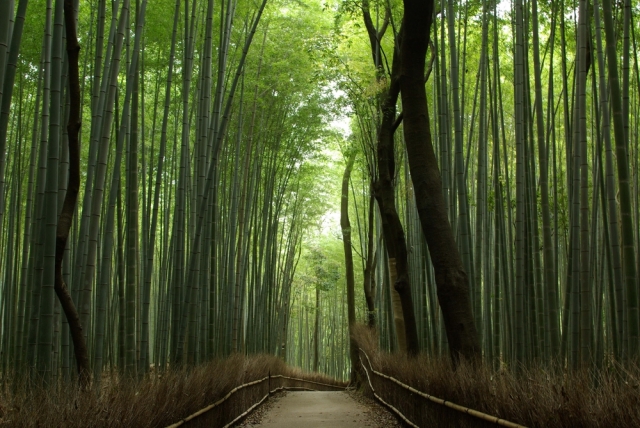
-
Japanese Bamboo: From Spring Delicacy to Symbol of Prosperity
Bamboo is one of the most beloved plants in Japan. It represents strength, purity, and growth, and appears in nearly every aspect of Japanese life — from cuisine to crafts and traditional New Year decorations. It’s also a sign of spring’s arrival, as young bamboo shoots begin to sprout across fields, marking a new season of renewal. Takenoko: The Taste of Spring Each spring, Japanese families look forward to harvesting takenoko, or baby bamboo shoots. These shoots grow incredibly fast — sometimes up to one meter per day! They’re dug up when only the tip appears above the soil, ...
